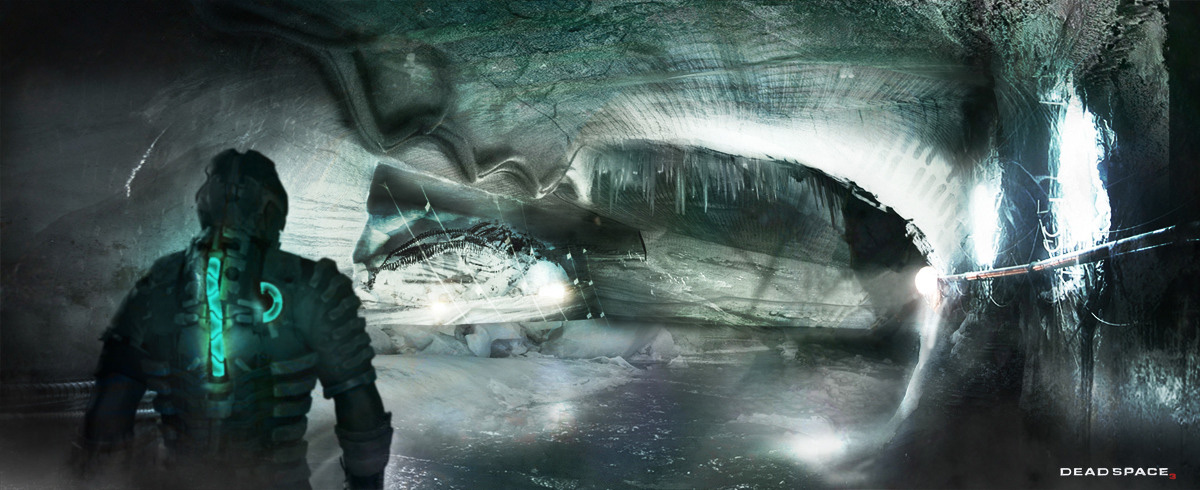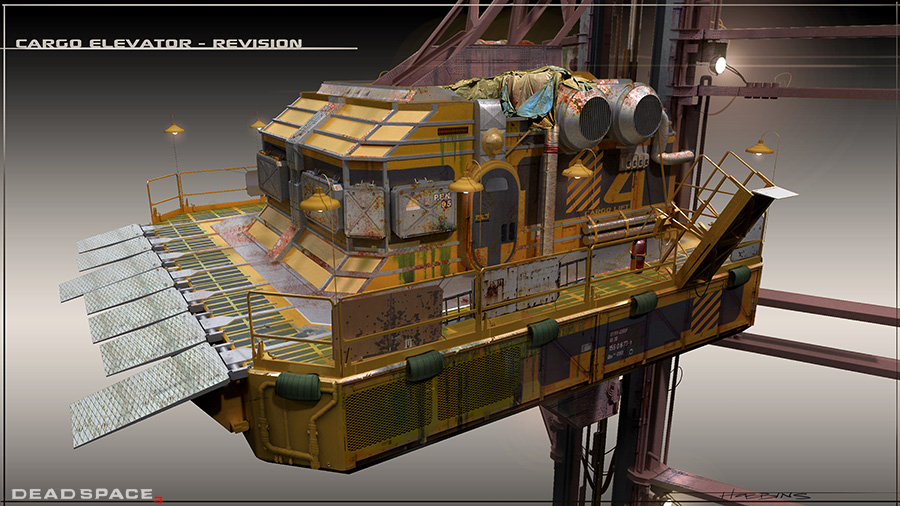

Its introverted design serves as a physical connection between the congregation and the religion because the outside world is forgotten and the spiritual is seen inside this place. Its facade is a whisper, with only straight defined lines and one overall texture of by the concrete.

It possesses such a modest character that speaks of peace and tranquility. So much so, that the seams of the concrete form work align perfectly with the crosses extrusion on the east side of the church.

The seams and joints of the concrete are built with precision and care by master Japanese carpenters, along with Ando, that have worked to create an immaculately smooth surface and accurately aligned joints. The reinforced concrete is void of any and all ornament that is not part of the construction process. The purity that is found in the details is astounding. Right from the exterior one is able to appreciate the honesty and authenticity of material. This church of the light is a simple building that makes the most of what it can, a testament to the phrase “less is more”. The geometry is nothing more than six walls and a roof, a minimalist end point that requires a thoughtful process that is able to eliminate anything else that is not relevant. The Chapel consists of a rectangular volume of three cubes that are punctured by a wall at a fifteen degree angle that never actually touches the other walls or ceiling of the chapel. Tadao Ando takes an ancient approach with this, especially when compared to Le Corbusier's insistence that a wall would no longer be a structural element but a mere membrane on the outer shell. Its load bearing walls are very simple and traditional, contrary to the modern architecture that has encroached the city of Osaka. The church is located in a typical Japanese suburb, a cram of tradition and modernism on the outskirts of Osaka. Tadao Ando's principal focus on simplicity and minimalist aesthetics in the Church of the Light is silencing.


 0 kommentar(er)
0 kommentar(er)
